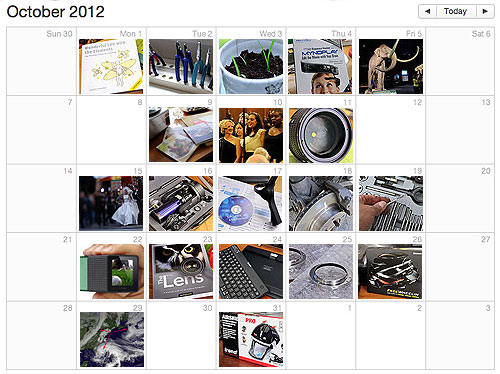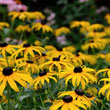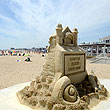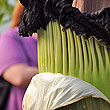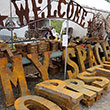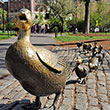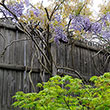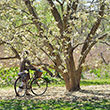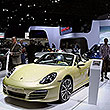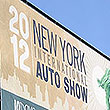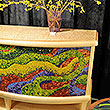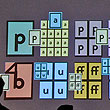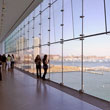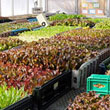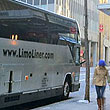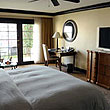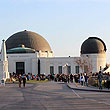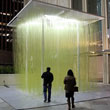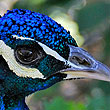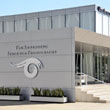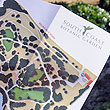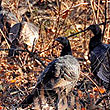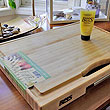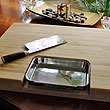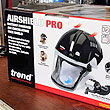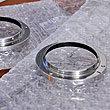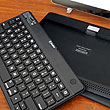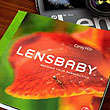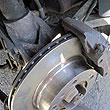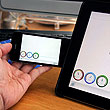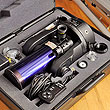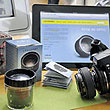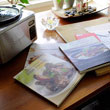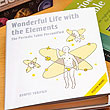Yesterday we posted a FirstLook of the John Boos Newton Prep Master III . In the article we mentioned the other cutting boards in the RainyDayKitchen. A few readers asked us what they were. We thought about it and agreed that it would be helpful to talk about what they are, why we have them, and how we have found them useful. . In the article we mentioned the other cutting boards in the RainyDayKitchen. A few readers asked us what they were. We thought about it and agreed that it would be helpful to talk about what they are, why we have them, and how we have found them useful.

The samples in the photo are representative of the variety of boards we use daily. They range from boards on mobile carts (wooden, stainless steel), synthetic ones made from various non-porous material (stiff, flexible), to small slabs made from hardwoods and bamboo. The larger boards are better suited for tasks such as deboning a chicken, slicing and dicing up lots of vegetables, or preparing something with a lots of ingredients. Being on a cart is definitely an added benefit as we can wheel it around or out of the way as necessary.
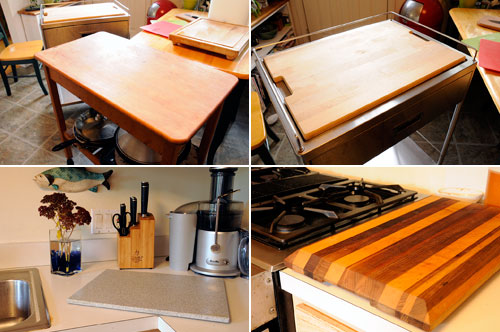
However, some kitchens don't have space for a cart, and even in the RainyDayKitchen we sometimes have to roll it out of the way (as in, into another room). We also have boards next to the sink and stove (technically, one is next to the stove, the other is between the stove and the sink). Having them there makes it easier to cut, chop, and slice when needed. If you want a board next to the stove it should be made of something that can handle a hot pan being placed on it. Many synthetic boards can tolerate the heat, but we have found that our wooden butcher block board is the best of the lot for this location.

Besides being mobile, kitchen carts are useful because they offer additional storage. The stainless steel cart has a drawer for often-used items. The wooden cart's cutting board top slides to reveal a scrap bin. The bin is helpful because it saves time. It is much quicker to just scrape things into the bin and dispose of the waste later. Another way we use the bin is as a place to keep things cooled when not yet needed...like when making sushi.
Big boards are great for many things, but there is a place for the smaller ones in every kitchen. Smaller boards are convenient for smaller cutting and chopping tasks, and also for when we don't want any "cross talk" amongst the ingredients, especially if they are for different dishes.
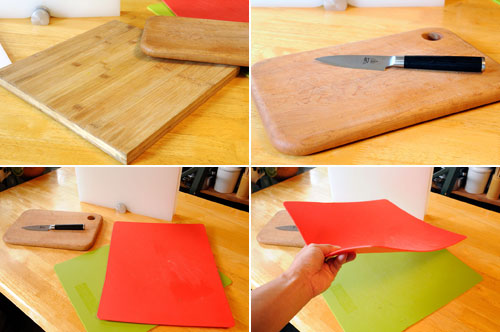
While there are many reasons why we favor wooden cutting boards (self-healing surface, gentler on the blade, etc), synthetic boards have qualities which are unique and desirable. Synthetic boards are thinner and lighter. Some are so thin that they are flexible, convenient for when transferring right from the mat to a bowl. Also, thin cutting mats are easy to stow out of the way, but still readily accessible. We actually store the red cutting board and its brother the green cutting board underneath a larger hardwood board that has legs.
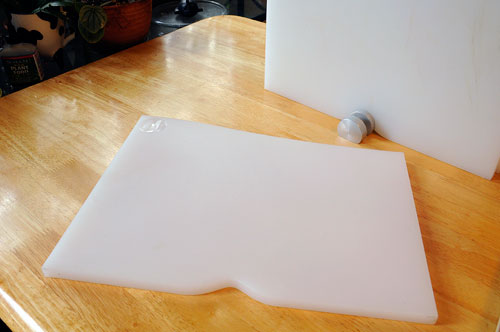
Our favorite set of synthetic boards are the Eva Solos. They are a set of three white synthetic boards, each with its own symbol indicating what board should be used for what: raw meat, fruit and vegetables, and cooked food. Each cutting board is easy to hold thanks to the tapered corners. The space-saving aluminum holder separates the boards for hygienic drying. The aluminum holder must be hand-washed, but the chopping boards are dishwasher-safe. Can't do THAT with a wooden board! Readers may have noticed that we have not made any arguments for or against wood or synthetic as they pertain to bacterial contamination. Any board, properly cleaned with soap and water, should not have a bacterial problem.

If we had to choose, we would probably pick wood over synthetic because we like the idea that when needed, wooden cutting surfaces can be sanded down and refinished, something which is not possible with synthetic board. We would also favor wood because it is a renewable resource. While we would never pick form over function, the fact that we prefer the warm look of wood in the kitchen over that of synthetics is just a bonus :-) [Permalink] -More Cutting Boards
|

